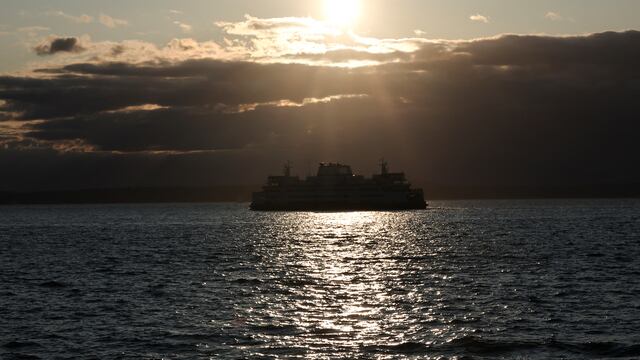The summer solstice in 2025 will take place at 10:42 pm E.T. on June 20, marking the beginning of summer.

Not just a date: The reason why we celebrate the summer solstice
The summer solstice is an annual event which takes place all over the world, which used to mark the beginning of summer and the changing of the seasons. Modern meteorologists now typically use historic temperature records to draw distinctions between the seasons, but solstices are still an important milestone.
As the Northern and Southern Hemispheres experience summer and winter at alternative times, each hemisphere actually has its own summer solstice. This year the northern summer solstice falls on Friday June 20, at 10:42 p.m. (ET).
What is the summer solstice?
The solstice, along with the seasonal shifts in temperature that we all experience, is a result of a tilt in the Earth’s axis which changes the angle at which different parts of the planet face the Sun. The angle of the tilt is around 23.4 degrees, relative to the Earth’s orbit around the sun, and it means that sunlight is not evenly distributed across the Earth’s surface throughout the year.
As a general rule, the Earth’s tilt ensures that the Northern Hemisphere is closest to the Sun from March to September, which is when spring and summer occurs in the north. This process is reversed from September to March, when the Southern Hemisphere enjoys the warmer weather of summer.
As our planet oscillates while orbiting the Sun, there are points in the calendar when each hemisphere is tilted toward the Sun. When one hemisphere is angled toward the sun it will have longer days; the other hemisphere will have longer nights.
In the Northern Hemisphere the summer solstice takes place around June 21, either a day before of after, while the winter solstice takes place around Dec. 22, likewise either a day before of after. These dates for the summer and winter solstices are reversed in the southern hemisphere.
The date can change because the Earth takes roughly 365.25 days to orbit the Sun. This means that our calendar is slightly out of sync with the solar year which is also why we have leap years that are 366 days long.
How do cultures celebrate the summer solstice?
The summer solstice marks the start of summer proper and the event has been marked by countless cultures and peoples from all around the world. Festivals, structure-building and rituals were often used in ancient cultures to mark the date.
In the United Kingdom the mysterious structure of Stonehenge is thought to be a monument to the solstices and although it is 5,000 years old it is built to very exact dimensions. On the morning of the summer solstice the Heal Stone, which is separate from the main circle of rocks, lines up exactly with the rising sun. Likewise the Great Pyramids of Giza aligned with the sun during the summer solstice.
Related stories

US holiday calendar 2025
There are also more modern interpretations of the tradition, such as the Midnight Sun Game in Fairbanks, Alaska. This city in the most northerly US state can get up to 22.5 hours of daylight during the peak of summer and the people of Fairbanks have played a ‘night-time’ baseball game to mark that date since 1906.
Happy Summer Solstice!
— CIRA (@CIRA_CSU) June 21, 2022
This visual shows an image of the same time every day from June 2021 to June 2022.
A great demonstration of how Earth's terminator shifts throughout the year. pic.twitter.com/QdGWj2BPpu
Above the Artic Circle though, the sun remains above the horizon all day for anywhere from a month to six months at the North Pole. Conversely, in the winter months the opposite happens and communities in that region are plunged into a temporary permanent darkness.

Complete your personal details to comment